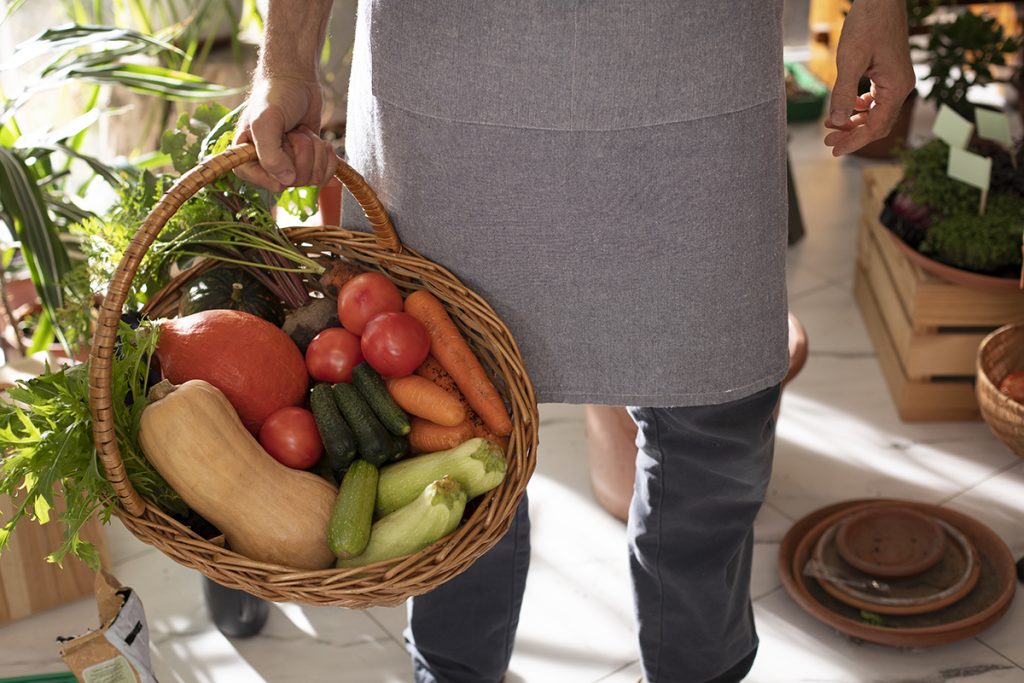Sustainable and local food: How do you get started?

Why eat sustainably and locally? If you’re reading this, then you’re probably already interested in sustainable and local food. But for all of those who aren’t quite convinced yet, we did sum up some reasons why it’s a good idea to choose local and sustainable foods.
First of all, it helps perfectly to reduce the carbon footprint of your diet. This is because locally produced food requires less transport, resulting in less CO2 emissions. It supports local farmers and businesses as well, contributing to a stronger local economy. And lastly, local and sustainable food can often be fresher and more nutritious because it has to travel less far and undergo less processing.

Step 1. Get to know your local food sources
The first step to eating sustainably and locally is to get to know your local food sources. This can range from farmer’s markets and local food cooperatives to convenience stores and supermarkets that offer locally sourced produce. Make a list of the places in your area where you can buy local and sustainable food, and make it a habit to shop there regularly!
Step 2. Eat seasonally
Another important step to eating sustainably and locally is to eat seasonally. This means that you adapt your eating habits to the availability of local and sustainable products in your area. For example, eat more fresh fruits and vegetables in the summer when they are readily available. And opt for canned or frozen options in the winter. Eating seasonally not only helps to reduce the carbon footprint of your diet, but it can also lead to more varied and flavorful meals.
Step 3. Cook from whole foods
Eating sustainably and locally also means reducing food waste and cooking from whole foods. This means using as many parts of an ingredient as possible. Such as cooking with the leaves of carrots or making broth from vegetable scraps. By being creative in the kitchen and using whole foods, you can not only save money, but also contribute to a more sustainable food chain.

Step 4. Reduce your meat consumption
While it is not necessary to go completely vegetarian or vegan, reducing your meat consumption can make an important contribution to a more sustainable and local diet. The production of meat often has a larger carbon footprint than plant-based foods.
So by eating less meat and choosing more plant-based protein sources, such as beans, lentils and nuts, you can reduce your impact on the environment. Plus, there are often locally sourced plant-based protein options available, such as legumes and nuts, that you can use to enrich your healthy meals.
Step 5. Make sustainable choices when eating out
Eating sustainably and locally doesn’t mean you can never eat out again. Instead, you can make conscious choices when choosing restaurants and menu options. Look for restaurants that use locally sourced ingredients. And adopt sustainable practices too, such as reducing food waste and offering eco-friendly packaging. In addition, when ordering your meal, you can choose plant-based options or dishes that contain seasonal ingredients.

Conclusion of consuming sustainable and local food
Sustainable and local food is not only good for the environment and the local economy, but it can also lead to tastier and more nutritious meals. By getting to know your local food sources, eating seasonally, cooking from whole foods, reducing your meat consumption and making sustainable choices when dining out. You can have a positive impact on your health and our planet.
So what are you waiting for? Start discovering the benefits of sustainable and local food today!



















